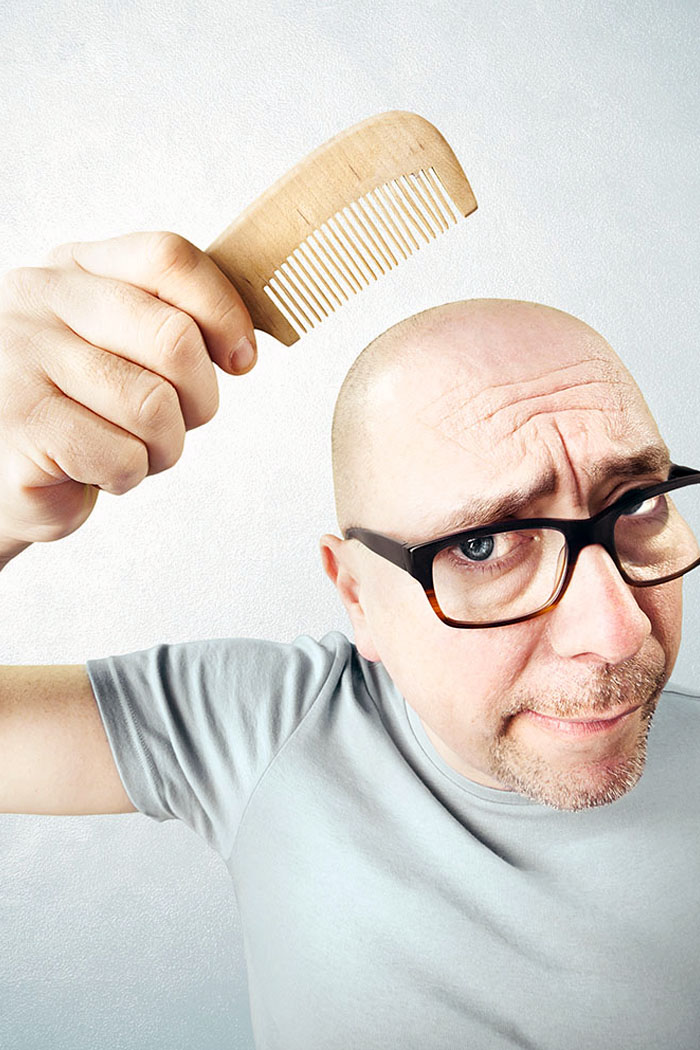People suffering from mild hair loss search out topical treatments such as minoxidil (antihypertensive potassium channel opener) and finasteride (dihydrotestosterone-suppressing 5-reductase inhibitor), which are the only FDA-approved medicines for promoting hair regeneration. Both are designed for serendipity rather than hair loss treatment.
North Carolina State University researchers discovered a microRNA (miRNA) that may enhance hair regeneration. This miRNA, miR-218-5p, is critical in controlling the follicle regeneration pathway and could be a potential for future therapeutic development.
“The 3D cells in a keratin scaffold performed best, as the spheroid mimics the hair microenvironment and the keratin scaffold acts as an anchor to keep them at the site where they are needed,” Cheng says. “But we were also interested in how DP cells regulate the follicle growth process, so we looked at the exosomes, specifically, exosomal miRNAs from that microenvironment.” Exosomes are tiny sacs secreted by cells that play an important role in cell-to-cell communication. Those sacs contain miRNAs.
The health of dermal papillae (DP) cells, which govern the hair follicle growth cycle, is essential for hair growth. Current hair loss treatments can be costly and ineffective, ranging from invasive surgery to ineffective chemical treatments. According to a recent hair loss study, hair follicles do not disappear where balding occurs, but rather shrink. If DP cells could be replenished at those places, the follicles might heal, the theory states.
MiRNAs are small molecules that control gene expression. Cheng and his colleagues examined miRNAs in exosomes from both 3D and 2D DP cells. They found miR-218-5p, a miRNA that promotes the molecular pathway responsible for boosting hair follicle growth, in the 3D DP cell-derived exosomes. They discovered that boosting miR-218-5p promoted hair follicle growth while blocking it caused the follicles to become dysfunctional.
“Cell therapy with the 3D cells could be an effective treatment for baldness, but you have to grow, expand, preserve and inject those cells into the area,” Cheng says. “MiRNAs, on the other hand, can be utilized in small molecule-based drugs. So potentially you could create a cream or lotion that has a similar effect with many fewer problems. Future studies will focus on using just this miRNA to promote hair growth.”
The results were published in Science Advances and were funded by the National Institutes of Health and the American Heart Association. Cheng is the main author. Shiqi Hu, a postdoctoral researcher, is the first author.




